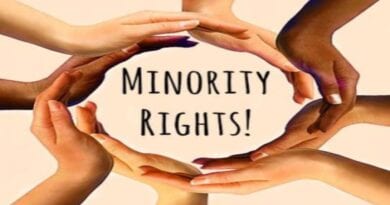Spanish Language Day 2020- Origin, History and Facts
The United Nations. Selected April 23 for the Spanish Language Day in memory of Miguel De Cervantes Saavedra, renowned Spanish author and poet. He has translated his marvellous book, Don Quixote, into more than 60 languages. The Spanish Language Day on 23 April 1616 commemorates the Day of the Death of Cervantes.
In 2010, in honor of the UN’s six official languages, the United Nations designated six language days. and to draw attention to the history, culture and accomplishments of each language and celebrate multilingualism and cultural diversity as well as to encourage fair use of the organisation’s six official languages of operation.
History of Spanish Language
Spanish originated from a spoken Latin dialect introduced to the Iberian Peninsula by the Romans during the Second Punic War, starting in 210 BC, and emerging in the central parts of the Iberian Peninsula after the collapse of the Western Roman Empire in the fifth century.
Spanish is also known as Castilian, After the dialect from which modern Spanish culture developed. The dialect originated in Cantabria in the 9th century across the town of Burgos in north-central Spain (Old Castile) and spread south to central Spain (New Castile) including Madrid and Toledo by the 11th century.
The Arab army began to conquer the Iberian Peninsula in 711, introducing Arabic art, architecture and language to the region. Mozarabic was the dialect of Spanish used in pre-12th century Arab-occupied Spain. Once Spain expelled the Arabs in 1492, it preserved some 8,000 Arabic words. Besides Latin, Arabic is the main contributor to Spanish.
Spanish is spoken in nearly all of Central and South America outside the Iberian Peninsula. Latin-American Spanish has many regional dialects. Both are Castilian but vary from European Spanish in some phonology levels.
Facts about Spanish Language
Spanish is the official language of 18 countries in America (Argentina, Bolivia, Chile, Colombia, Costa Rica, Cuba, Dominican Republic, Ecuador, El Salvador, Guatemala, Honduras, Mexico, Nicaragua, Panama, Paraguay, Peru, Uruguay, and Venezuela) along with Spain in Europe and Equatorial Guinea in Africa.
Spanish is the world’s second most studied language. More than 21 million students are estimated to study Spanish as a foreign language.
Like most other languages, at the end of an exclamation or question a simple exclamation or question mark is used. Inverted exclamation and question marks are used in Spanish to illustrate a portion of the exclamation or question of a sentence.
Spanish and Central America usually use the word “español” while South American countries use ‘castellano’ The terms español and castellano both refer to Spanish.
What is noteworthy is that outside of Spain there are more Spanish speakers. Mexico has the largest Spanish speaking community. Colombia, Argentina and the United States followed.
Spanish, like French, Italian, Portuguese and Romanian, is a Romanian language. Romantic languages are often called Latin as they have developed from spoken Latin in the sixth and ninth centuries A.D.





Amazing blog post, I relay follow your blog post always.